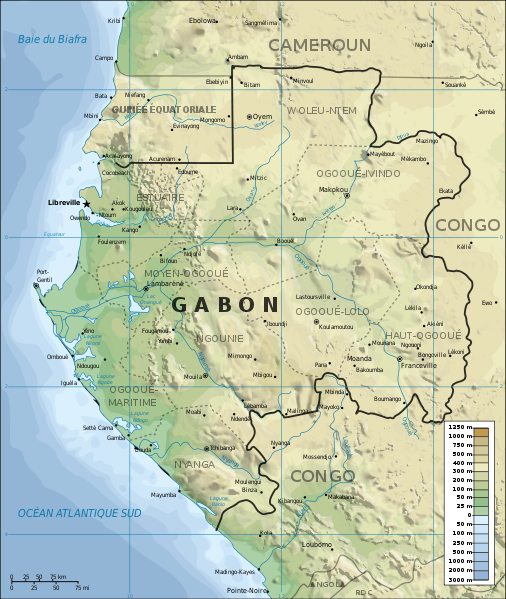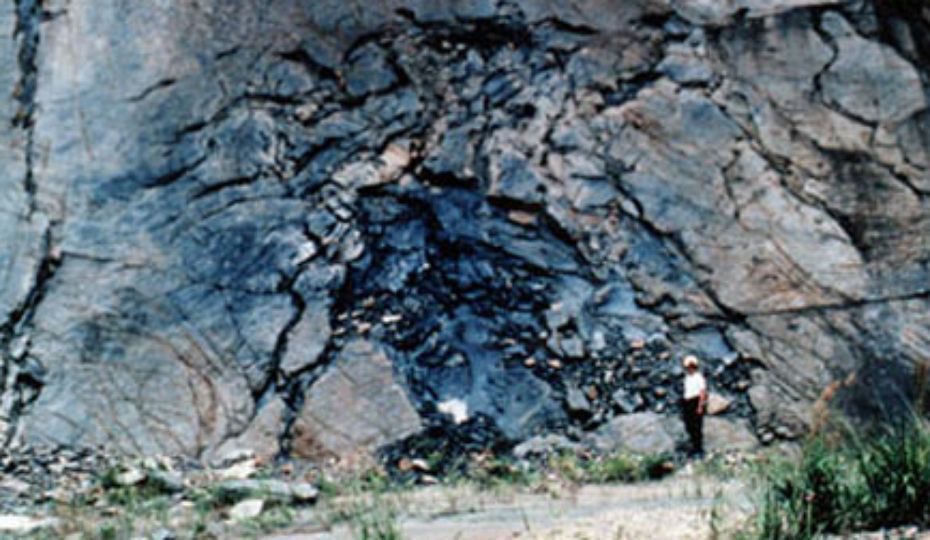
Rising oxygen levels during the aging of earth may have allowed a high enough concentration of uranium to accumulate to enhance the possibility of reactor startup. Increasing oxygen content in the earth's atmosphere helps explain why this natural reactor started operation sometime around 2 billion years ago and not before since the percent abundance of fissionable 235U was at least 3% or higher at all times before reactor startup. A natural nuclear reactor is therefore no longer possible on Earth.Īnother factor which probably contributed to the operation of the Oklo natural nuclear reactor was the fact that uranium is soluble in water only in the presence of oxygen. (The remaining 97% was non-fissile 238U) Because 235U has a shorter half life than 238U, and thus decays more rapidly, the current abundance of 235U in natural uranium is about 0.7%. This offers a case study of how radioactive isotopes migrate through the earth's crust a significant area of controversy as opponents of geologic nuclear waste disposal fear that releases from stored waste could end up in water supplies or be carried into the environment.Ī key factor that made the reaction possible was that at the time the reactor went critical, the fissile isotope 235U made up about 3% of the natural uranium, which is comparable to the amount used in some of today's reactors. Remarkably the non-volatile fission products have only moved a few centimeters in the veins during the last 1.5 billion years. It is estimated that secondary enrichment of the uranium in centimeter- to meter-sized veins consumed about six tons of 235U and elevated temperatures to a few hundred degrees Celsius. The specific concentrations of xenon isotopes, found trapped in mineral formations 2 billion years later, make it possible to calculate the specific time intervals of reactor operation: approximately 2 hours and 30 minutes. This points to on-again, off-again reactor operation. Fission of uranium normally produces five known isotopes of the fission-product gas xenon all five have been found trapped within novel aluminium foams in the remnants of the natural reactor, in varying concentrations.

The fission reaction was sustained for hundreds of thousands of years. The water moderator would boil away as the reaction increased, slowing it back down again and preventing a meltdown. The natural nuclear reactor formed when a uranium-rich mineral deposit became inundated with groundwater that acted as a neutron moderator, and a strong chain reaction took place.

Later, other natural nuclear fission reactors were discovered in the region. Other observations led to the same conclusion and on the September 25 1972, the CEA announced their conclusion that self-sustaining nuclear chain reactions had occurred on Earth about 2 billion years ago. Subtracting the natural isotopic Nd abundance from the Oklo-Nd, the isotopic composition matched that produced by the fissioning of 235U. For example, natural neodymium contains 27% 142Nd the Nd at Oklo contained less than 6% but contained more 143Nd. Neodymium and other elements were found with isotopic compositions different from what is customarily found on Earth. Further investigations into this uranium deposit discovered uranium ore with a 235U to 238U ratio as low as 0.440%.
#Oklo natural reactor series#
A series of measurements of the relative abundances of the two most significant isotopes of the uranium mined at Oklo showed anomalous results compared to those obtained for uranium from other mines. Thus the French Commissariat à l'énergie atomique began an investigation. This discrepancy required explanation, as all uranium handling facilities must meticulously account for all fissionable isotopes to assure that none are diverted for weapons purposes. Normally the concentration is 0.7202% these samples had only 0.7171% – a significant difference.

In May 1972 at the Pierrelatte uranium enrichment facility in France, routine mass spectrometry comparing UF 6 samples from the Oklo Mine, located in Gabon, Central Africa, showed a discrepancy in the amount of the 235U isotope.


 0 kommentar(er)
0 kommentar(er)
